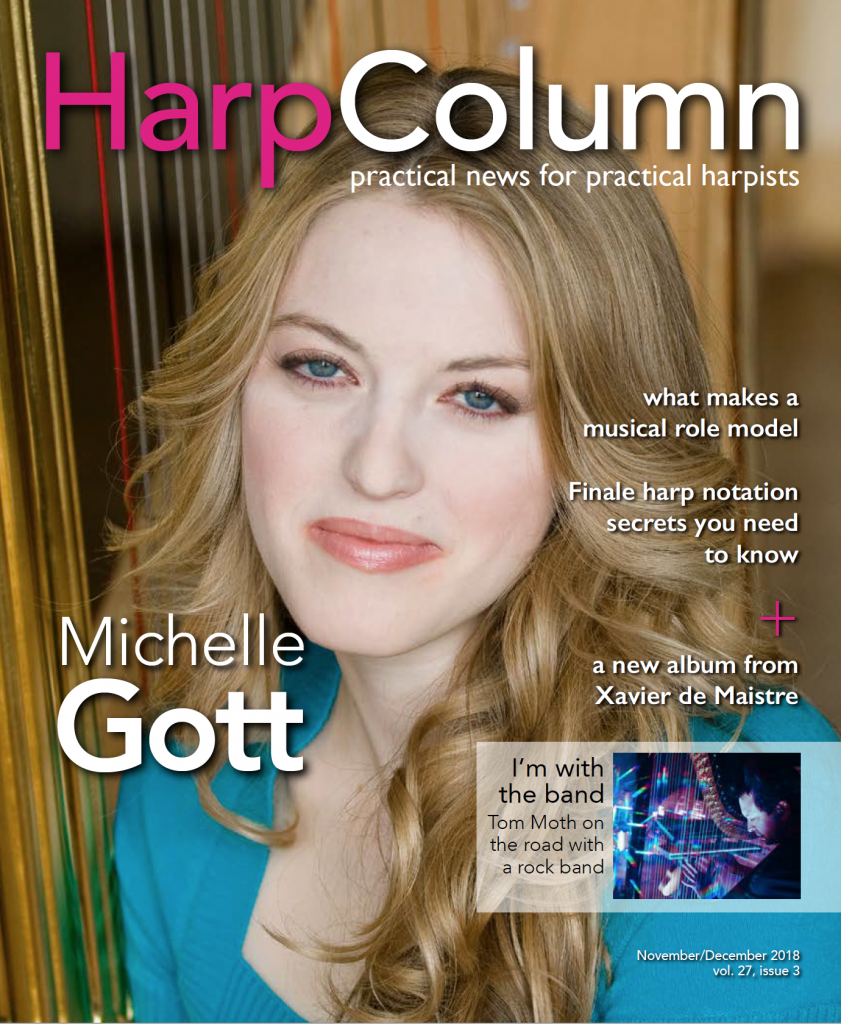Student scenario #1: I dread this time of year. My students all want to play Christmas carols. I don’t want to be a humbug, but I really hate having to teach these same old tunes year after year. Is there any way I can get out of this?
Student scenario #2: I have a very talented student who wants to do a competition next year. I want her to compete, and I think she could do very well. Unfortunately, one of the required pieces is a piece I don’t know. I’ve never played it and it seems fairly difficult. Should I send her to another teacher?
These two questions may not seem related, but they have a core commonality: what should the teacher do when the student’s desires or direction don’t match with her own tastes or expertise? They also contain the same teaching opportunity, the opportunity to teach the student how to teach herself.
Although it’s often difficult to remember in the week-to-week teaching routine, our most important role as teachers isn’t teaching music. Our main responsibility is to teach our students how to learn music—how to practice, play, and understand the craft and the art of music. Similar to good parenting, good teaching means training our students to become independent of us. We must give them the skills, training, encouragement, and freedom necessary to grow into competent, confident musicians and harpists.
Naturally, that’s a long process; it doesn’t happen in a single lesson. We adjust our teaching according to the maturity and musical development of each individual student, gradually requiring the student to take more responsibility for her own progress. Eventually, the student learns to teach herself; it is not that she no longer needs a teacher’s guidance, but rather she has learned how to practice effectively, identify and solve problems, and learn a piece of music on her own.
Holiday music is an ideal laboratory for experimentation in self-directed learning. Many of the standard pieces are short and repetitive; think Christmas carols, as opposed to foundational repertoire like the “Waltz of the Flowers” cadenza or A Ceremony of Carols. Rather than assign and teach carols to your students, especially if one more “Silent Night” will push you over the edge, you may decide to use them to help your students work on bigger musical concepts.
One such idea is to help your students set up a sight-reading plan based on holiday music, a rotation where they read a new piece each day. I have also used holiday music as memorization practice or the basis for improvisation or arranging. You don’t even have to hear the student’s progress at each lesson. You could set up an “exam” just before the holidays that tests their success in completing the plan.
At other times, I have created lesson plans with my students. Together we outline several learning steps for each piece they want to learn. We assign completion dates for each step. At the end of the plan, they play the pieces for me in a lesson. We critique their implementation and follow through on the lesson plan. It’s a win-win strategy; they learn the music and practice learning it on their own, and I don’t have to spend half a dozen lessons working through it with them.
Our other question speaks more to the teacher’s fears than to her frustration. It’s not uncommon for teachers to shy away from teaching music that they don’t know themselves, but it’s unfortunate, as no one can be expected to know every piece that a student may wish or be required to play. Furthermore, what is most important to a student is not that her teacher knows everything, but that the teacher can help her learn anything.
While you could refer your students to another teacher in this scenario, I prefer to take advantage of this moment to show them how to approach a totally unfamiliar piece of music. We devise a curriculum plan for learning the piece, building in benchmarks to measure their progress. Sometimes I learn the piece along with them, sharing my process and my discoveries about the piece as we go along.
This is an ideal opportunity to teach a student how to figure out fingering and how to mark pedals. You can also teach your student the best ways to use available resources, such as YouTube videos or online libraries of harp scores. And yes, once the student has the piece mostly learned, it might be helpful to have a lesson with a harpist who knows the piece well to gain extra insight.
Remember that you are modeling the skills, habits, and attitudes that you want your student to learn. Inspire your student’s confidence in her ability to tackle new and unfamiliar music. Teach her to be open to new experiences and to face the unknown with curiosity instead of fear. Train her to be a harp explorer and adventurer.
Not only will you find this method of teaching energizing and inspiring, but you will realize a surprising additional benefit. As your student is able to take on more responsibility for her own practice and learning, you will find that the lesson time becomes more devoted to refining higher level skills and concepts instead of learning notes and fingering. You will enjoy the challenge of teaching at that level, knowing that you are training the next generation of harpists and musicians. •






